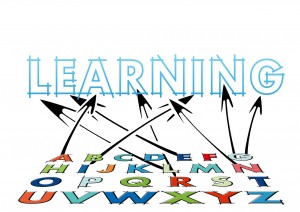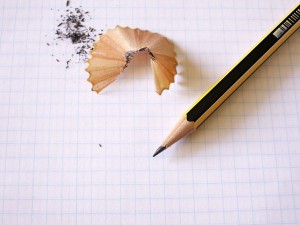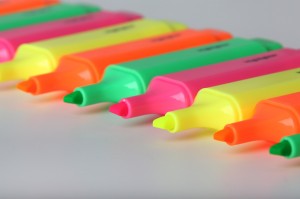How to study
Studying well is just another habit. Everybody has habits, some good, like getting up on time and getting out to school or work, some unwanted, like nail biting or poor hygiene. You can create new habits and get rid of unwanted habits.
Creating new habits is reasonably easy. In general, it’s a question of deciding what habit you would like to create and then DOING the actions faithfully, every day for a certain length of time. Eventually, your new actions will become a habit.
If you sit down at the same time each day, open a study book and start to study, that will eventually become a habit. Unfortunately, it’s not just quite as easy as that. Have you tried sitting down with a study book? Sure you have. Has it been easy to keep reading that book for half an hour at a time and then answer a question about the content? No. Your mind wanders, you remember an urgent phone call you have to make, even the unmade bed and pile of dishes in the sink start to look like attractive jobs that “just have to be done” instead of studying.
There are some tricks you can use to help you get down to that studying. First you can create a short ritual, that tells your brain you are ready to study. A ritual is a habit you carry out in the same way each time, it can be a comfort, like taking a certain blanket to bed every night, or wearing a certain pair of socks for an important match, or laying out your pencils in a certain order when taking an exam. In the same way, you can create a ritual that tells your brain you are ready to study. It might be clearing off a corner of a table, then setting out your notepad and pens.
Provided you start to study straight after doing this, after a certain time, you will have created a study ritual. This means that every time you clear off the corner of the table and set out your notepad and pens, you will feel like studying. Your study ritual should be fairly short but done the same way each time. Have a think about what YOUR study ritual might contain. Make sure everything is positive towards helping you study. Deciding to play a game on your console before starting to study might well become a ritual but stopping the play and getting into the study can become a problem.
There are other tricks you can use to help you keep studying or to help you overcome those times when your eyes start to droop, even though it’s only 5 minutes since you started studying. Mostly they involve FUN. You need to have some fun study exercises to do, to keep you going. These help you build up the FUN element of study, which makes it more attractive (and also helps you remember it). But because they are tailored to YOUR study, they mean you are still studying, even if it feels like fun. For instance, skim read
down the next page to find a mention of a colour, eg, red, purple, blue and highlight it or underline it (if you are allowed) or put a coloured flag beside it, if you don’t want to mark a book. Even though you are looking for the name of a colour, so it doesn’t feel like work, you are still reading that study book and something will be going in. Have a competition with yourself. Time how long it takes you to skim read a page and write 1 sentence about it. Keep a record of your times and see if you can improve on it. Study with a buddy, even with phone calls if you can’t study in the same place. Challenge each other by reading alternate pages and finding some “odd” fact, then timing how fast the other can spot it.
These will all help you improve your study habits. There are also skills you can use to make studying faster, help you learn things more quickly and remember them longer. Many of those are also fun and can even be used as quick fun exercises when the eyelids start to droop again.
How To Set Study Goals
Goal setting is a really important skill to learn, but it isn’t always an easy thing to do.
Goals are rather like maps. They show you where you are and can show you where you want to go, so you can work out the best path to get there.
- First decide what your long term goal is. A long term goal says what you would like to be or do in the future. Maybe you want to be a hairdresser, or a doctor, or a builder or an engineer;
- Write it down;
- Now, break down your goal into actions (things you can DO) to get you to your final destination. Any long term goal can be broken down in this way and these goals are the road map to success. Maybe you need to pass a certain exam, or carry out a particular project or get some special work experience;
- Make sure to pick goals you truly want (not someone else);
- Now decide what study you need to do, to be able to carry out the actions. Maybe you need to learn lists of words for a language, practice a particular equation in maths, create a portfolio of work, or find a list of contacts for getting your preferred work experience. These are tasks;
- Allocate time to doing these tasks. that is, set yourself some time for learning those lists of words, developing your portfolio, practising your maths or looking up those contacts.
Tasks done, will get your actions completed.
Actions completed will carry you towards your goals.
There are several tools you can use for helping you study, such as mind maps, lists, visualisation, buddy-study, collaborative learning.






Comments